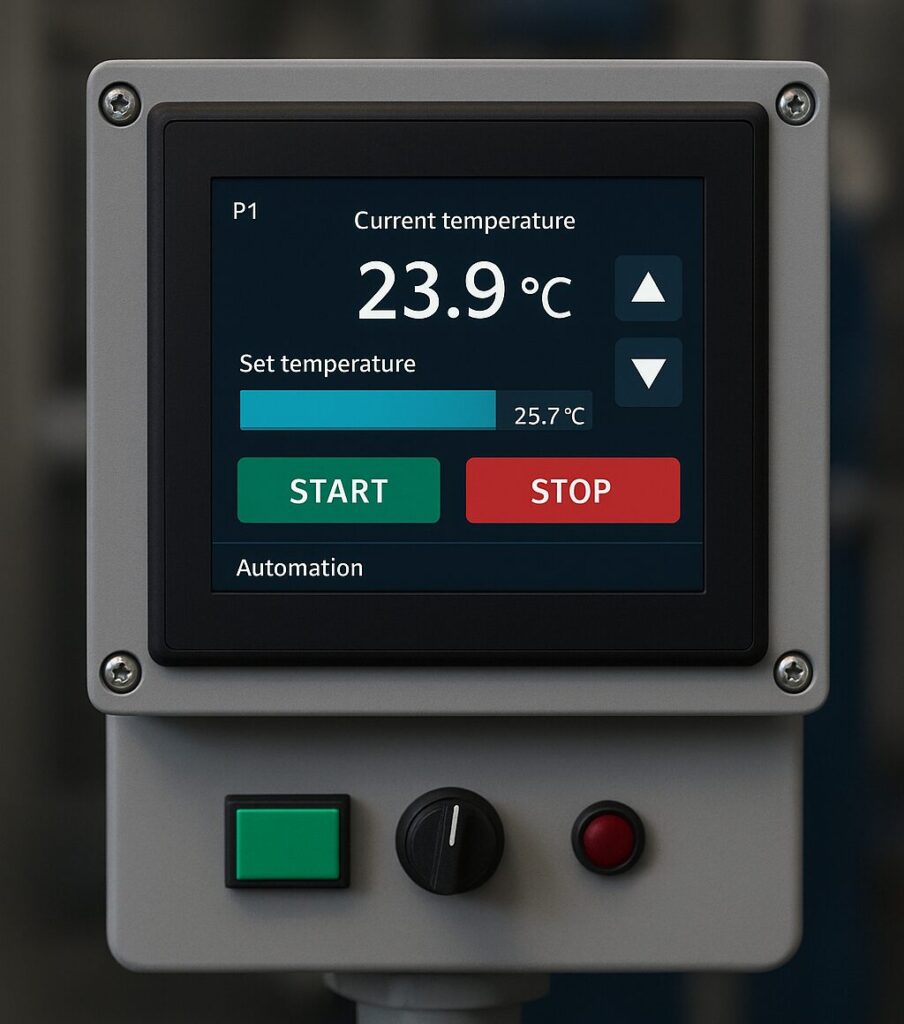Embedded software is the code that runs inside a device, while hardware refers to the physical components on which this software operates. Today, embedded systems are present in nearly every aspect of life — from smartphones and cars to household appliances, industrial machines, and IoT devices. The core building blocks of these systems are embedded software and hardware. But what exactly sets them apart? Let’s explain in simple, clear terms.
What is Embedded Software?
Embedded software is the program code that enables a device to function. It runs on microcontrollers or microprocessors and ensures that the device performs specific tasks. For example, the software in a washing machine controls water levels, regulates the motor, and processes sensor data.
Key characteristics of embedded software include:
- Device-specific: Developed specifically for a particular device, not general-purpose computers.
- Real-time capable: In industrial automation or automotive applications, the software must respond within strict time constraints.
- Direct hardware interaction: Communicates directly with sensors, motors, and other components.
- Optimization required: Limited memory and processing power demand efficient code.
Examples: Systems based on Arduino, Raspberry Pi, or STM32 run software that controls device movements, collects data, and enables user interaction.
What is Hardware?
Hardware refers to the physical components on which embedded software runs. Without hardware, software cannot execute. Common hardware includes microcontrollers, sensors, motors, LEDs, and other electronic parts.
Key characteristics of hardware include:
- Physical and tangible: Components you can touch and that are installed inside a device.
- Useless without software: Hardware alone does not perform tasks; control comes from software.
- Variety: Different sensors, motors, interfaces, and displays can be used depending on the application.
- Performance-determining: Software speed and capabilities largely depend on the hardware’s processing power and memory.
Example: A smartwatch consists of a display, processor, battery, and sensors. Software ensures time display, step counting, and notifications.
Differences Between Embedded Software and Hardware
| Feature | Embedded Software | Hardware |
|---|---|---|
| Definition | Code that controls the device | Physical components that run the software |
| Physical existence | No | Yes |
| Function | Processing, control, data management | Electrical and mechanical execution |
| Changeability | Can be updated | Requires physical modification |
| Dependence | Depends on hardware | Useless without software |
| Example | Motor control, sensor data processing | Microcontroller, sensor, LED |
This table illustrates that software and hardware complement each other: software leverages hardware capabilities, and hardware executes software instructions in the real world.
Practical Examples
Smartphone:
- Software: Operating system, apps, sensor management
- Hardware: Display, processor, battery, camera
Washing Machine:
- Software: Program selection, water level control, motor management
- Hardware: Motor, valve, water level sensor, control panel
Automobile:
- Software: ABS, engine control unit (ECU), sensor data processing
- Hardware: Brakes, engine, wheel sensors
These examples show how software and hardware work together to make devices intelligent and functional.
Conclusion
Embedded software and hardware are the fundamental building blocks of modern technology. Software is the code running inside the device, while hardware consists of the physical components that execute it. They are inseparable: without software, hardware is useless; without hardware, software cannot run.
Key takeaways for embedded systems:
- Mutual dependence: Software and hardware complement each other.
- Optimization: Efficient coding is crucial due to limited memory and processing power.
- Updates and flexibility: Software can be updated; hardware changes are usually expensive and time-consuming.
- Real-time functionality: Software must operate in sync with hardware, especially in industrial and automotive applications.
- Design and testing: Software and hardware must be tested together for safety and performance.
- Future applications: As IoT, smart homes, industrial automation, and automotive technologies grow, coordinating software and hardware becomes even more critical.
In short, the harmony between software and hardware directly affects performance, reliability, and user experience. Engineers must deeply understand both domains to develop innovative and efficient devices.
🔗 Get in touch with us :
Phone/WhatsApp: +41 76 212 8248
✉️ E-Mail: info@revantechnology.com
For detailed information about our services in electronics development & PCB design:
Revan Technology – Your partner for professional electronics and PCB development
Discover our recent work:
Revan Technology – Our Projects


